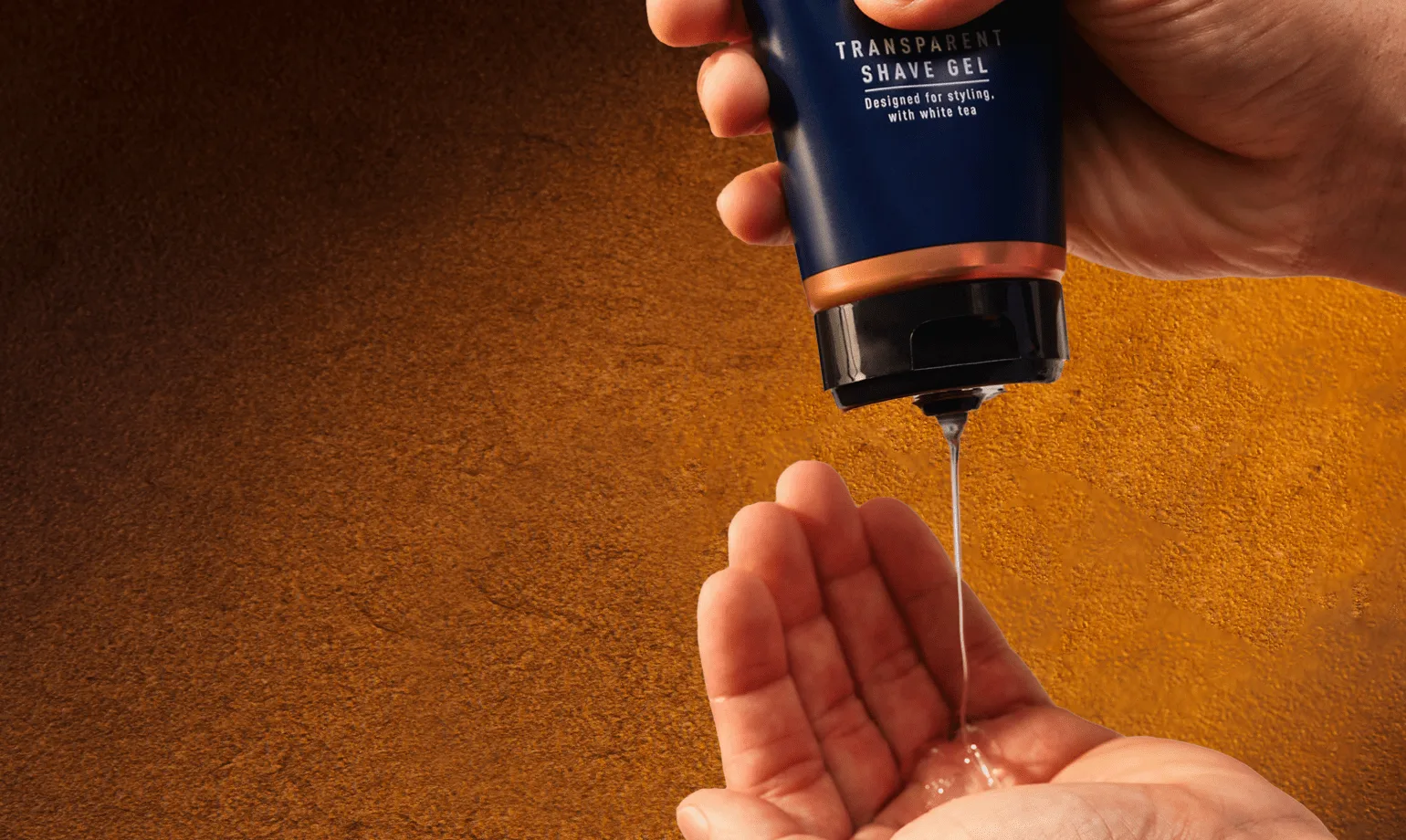Shaving with Sensitive Skin
There are two reasons you might be experiencing irritation: either you’ve got to work on your shaving technique, or you’re one of the many men who have sensitive skin.
Find out where you’re going wrong now to save yourself from annoying shaving rash and razor bumps in the future.
How to Know if You Have Sensitive Skin
- Redness
- Tightness
- Dry skin
- Tenderness
- Itching
- Soreness
- Inflamed patches
- Burning or stinging
- Bleeding
- Sensitivity to the sun
- Reactions to skincare products
Certain skincare or laundry products can make it worse, causing skin to get itchy, red, or break out in a rash.
It’s important to always use the right products for your skin, and to make sure your everyday habits like shaving aren’t adding to the problem.
Can You Get Rid of Sensitive Skin?
While it will never completely go away, sensitive skin can be managed with tips like always using a moisturizer after you shave. Keep your skin out of the sun when you can and use a high SPF on your face and other parts of your body, even in the winter.
It’s also important to keep your skin clean. Before you shave, take the time to exfoliate, scrubbing out any dead skin oil, dirt, or bacteria from your face.
How to Shave with Sensitive Skin
Keep Your Face Hydrated
It’s so much easier to shave skin that’s just been washed, so it’s always a good idea to shave right after your shower. Use plenty of shaving cream, gel, or foam to create a lather each time you shave.
Check Your Blades
Most nicks and cuts from shaving are caused by dull blades, so always check yours before using them on your face. It’s easy to forget to buy more blades, so sign up for a Gillette shaving subscription to get blades delivered to your door on a regular basis.
Get Shaving
Shave with the grain (that’s in the same direction that your hair grows in) and use careful, downwards strokes. Go easy on your skin to avoid cutting yourself; it should be your razor doing most of the work, not your hand.
Also, shave your upper lip last. The hair here grows quicker and is often thicker and coarser than the rest. Letting it soak up the shaving gel will make it easier to shave.
Rinse Regularly
Rinse your blade after every few strokes to get rid of any shaving cream that’s building up. This can also help to keep your skin hydrated every time you shave with your razor, giving you a super smooth glide.
Never tap your blade on the side of the sink or any other surface, as this can damage your razor.

Get a Post-Shave Routine Going
After you’ve made your last stroke, rinse your face with warm water, pat it dry, then apply a moisturizer. Try to do this every time you shave.
If you skip any of these steps, you may be more likely to get razor burn or razor bumps, especially if your facial hair is curly.

Find the Right Razor for Sensitive Skin
The Gillette SkinGuard Sensitive is the first razor designed specifically for men with sensitive skin. It’s different from other razors, including a SkinGuard bar that smooths and flattens the skin as you shave. Plus, the SkinGuard razor has only two blades to help reduce tug and pull, and the incidence of razor bumps by 61%*.
Whether you have dry skin, oily skin, or acne-prone skin, Gillette has shaving products that can help.

Was this article helpful?


